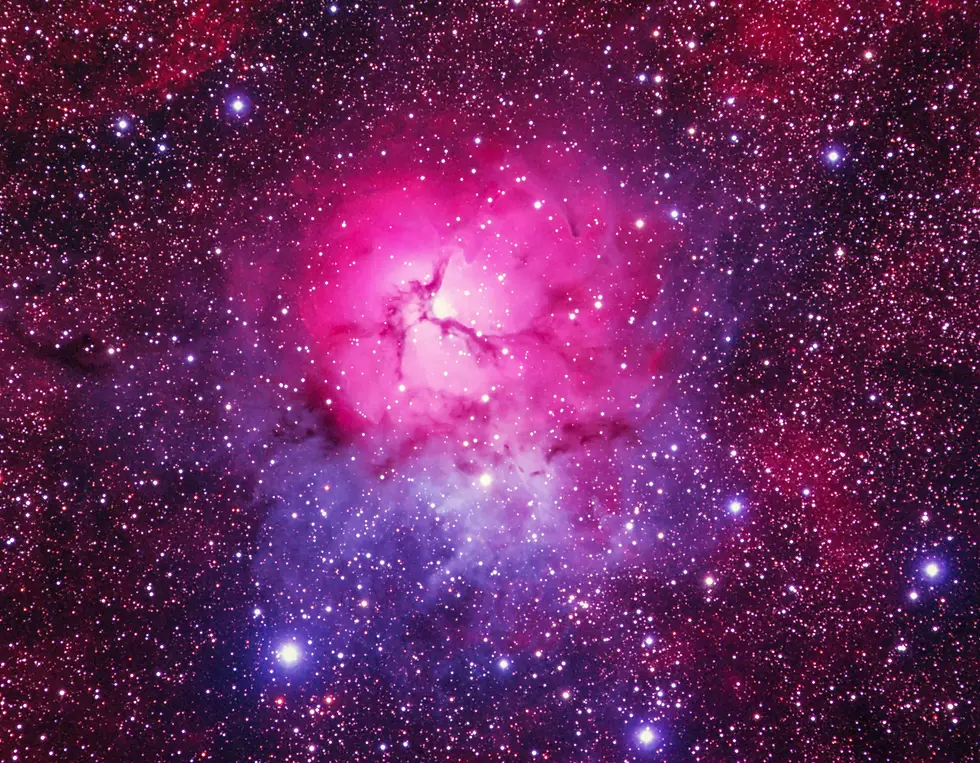What's Up? - DECEMBER 2024
- Chris Baker
- Dec 8, 2024
- 3 min read
Each month I highlight a few objects you can spot in the night sky without the need for optical equipment.
PLANETS
This December, several planets are putting on a spectacular show. Here’s a breakdown of the planetary parade and how to spot them.
Mercury is difficult to spot this month
🌟 Jupiter – The King of the Planets
Where: High in the southeast after sunset When: From dusk until the early hours of the morning, Jupiter is the brightest “star-like” object in the night sky, shining steadily and outshining most other objects. Look southeast just after sunset, and you can’t miss it. Through binoculars or a small telescope, you can even spot its four largest moons – Io, Europa, Ganymede, and Callisto.
Special Event: On December 14th, look for the Moon gliding close to Jupiter, making for a stunning pairing.
Jupiter in the South East - example of the 14th December in the south east

Courtesy of Stellarium
🪐 Saturn – The Ringed Beauty
Where: Low in the southwest just after sunset. When: Visible until about 8 PM. Saturn is sinking earlier in the evening sky this month, so catch it soon after sunset. It will appear as a bright, yellowish point of light. If you have a telescope, its iconic rings are a breath-taking sight.
Special Event: On December 17th, the crescent Moon will appear close to Saturn – a beautiful conjunction to observe.
Saturn mid month at around 18:00 low in the south east

Courtesy of Stellarium
🔥 Mars – The Fading Red Planet
Where: Rising in the eastern sky before sunrise. When: Best viewed early morning, around 6 AM. Mars is quite faint this December and not as impressive as earlier in the year. However, early risers might still catch its reddish glow low on the eastern horizon before dawn.
Mars shortly shortly before dawn mid month in the south west

Courtesy of Stellarium
🌍 Venus – Just before sunset
Where: Southwest When: Later afternoon once dark - it is very bright and by the end of the month will be more difficult to spot
Venus just before sunset on Christmas day

Courtesy of Stellarium
A Dazzling December Constellation: Orion the Hunter

Where to Find Orion
Orion is one of the most recognizable and beautiful constellations in the night sky, and December is the perfect month to admire it. Look to the southeast around 9 PM, and you’ll spot Orion rising majestically. By midnight, it’s high in the southern sky, perfectly positioned for stargazing.
What to Look For
Orion’s most striking feature is the Belt of Orion – three bright stars (Alnitak, Alnilam, and Mintaka) lined up in a neat row. These stars guide you to many other celestial treasures:
Betelgeuse (top left) – A red supergiant star, Betelgeuse shines with a distinct reddish hue. It’s one of the largest stars visible to the naked eye and could go supernova anytime in the next 100,000 years!
Rigel (bottom right) – A brilliant blue-white supergiant star, Rigel is the brightest star in Orion.
Orion Nebula (M42) – Just below the Belt, you’ll find a hazy patch of light – the Orion Nebula. This stellar nursery is where new stars are being born. Even a small telescope or binoculars will reveal its cloudy glow.
Fun Fact: The stars of Orion’s Belt point towards other major celestial sights. Follow the line of the Belt to the left to find the bright star Sirius, the brightest star in the night sky. Follow it up and to the right, and you’ll encounter the Pleiades, a beautiful open star cluster.
Enjoy the night sky this month and let me know about your observations
Thank you for reading this blog and do let me know if there is anything you would like me to add to my Newsletter each month.
.png)



Comments